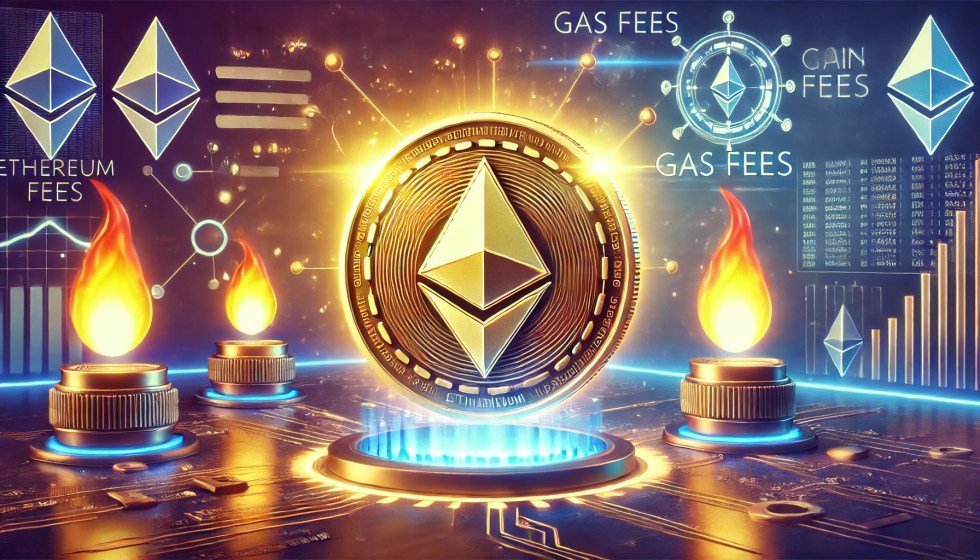The Ethereum gas fees for transactions have dropped massively amidst a broader decline in the cryptocurrency’s price. According to recent data, the base fee paid by users has fallen to an astonishingly low 0.82 Gwei, a clear indication of reduced activity on the Ethereum network.
Rapid Decline In Ethereum Base Fees
Data from Ultra Sound Money reveals that Ethereum’s base gas fee experienced a continuous decline throughout last week, eventually hitting a multi-year low of 0.82 Gwei on Saturday, August 11. This significant drop in gas fees can be attributed to a decrease in large transactions on the Ethereum network. On-chain data from IntoTheBlock indicates a sharp fall in the number of transactions greater than $100,000, with numbers dropping from 16,990 transactions on Monday to just 2,620 transactions by Saturday.
The decrease in gas fees has also resulted in fewer ETH being burned. This is based on the idea that the base fees paid by users are burned and removed from circulation in order to create deflationary pressure on the supply of ETH. Ultra Sound Money data shows that only 3,698 ETH tokens were burned over the past seven days, while 18,065 new ETH tokens were issued in the same period. This imbalance between burned and newly issued tokens has led to a net increase in the circulating supply of Ethereum, which contradicts the expected deflationary outcome.
Why Does Gas Fees Matter?
The relationship between gas fees, network activity, and the overall supply of ETH is a key factor traders and users monitor from time to time. The gas fees on Ethereum are fundamentally tied to the level of activity on the network. As the number of transactions increases, so does the demand imposed on validators to process and validate these transactions.
When the network is congested with a high volume of transactions waiting to be added to blocks, users must pay a higher gas fee if they want their transactions to be processed quickly. By doing so, they can ensure that their transactions are validated and completed in the next block.
Historically, higher gas fees, though unfavorable for users, have been seen as a reflection of increased interest and activity on Ethereum. Such periods of high network demand often correlate with bullish market action. At its peak, users paid an average daily gas price of $196.638 in May 2022.
In times of low activity, like what is currently being observed, the reduced demand always leads to a decrease in gas fees. While lower gas fees may be beneficial for users looking to save on transaction costs, they also reflect a period of sluggish activity on the network. At the time of writing, Ethereum is trading at $2,585 and is down by 3.58% in the past 24 hours.
